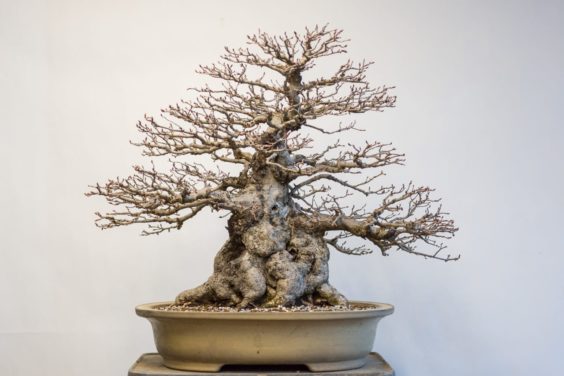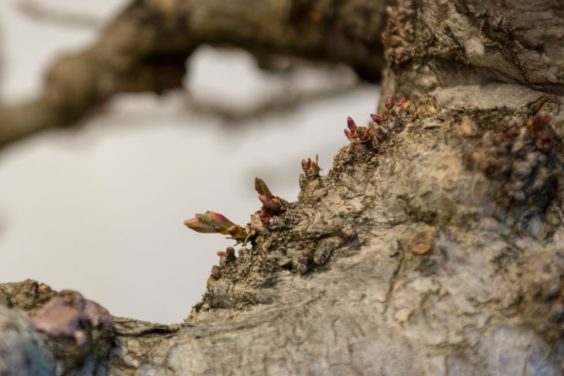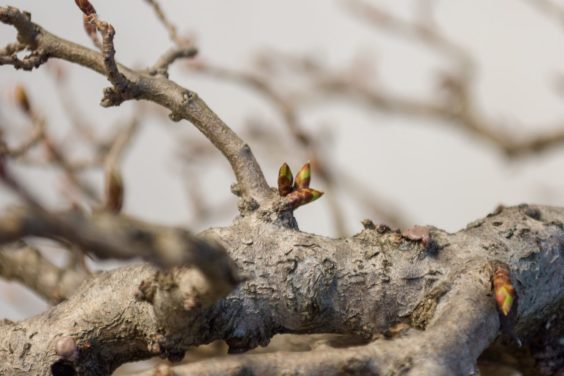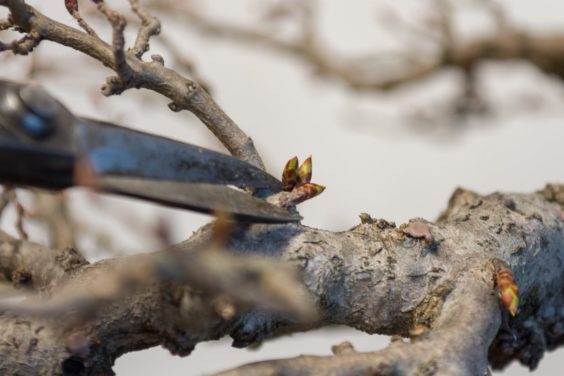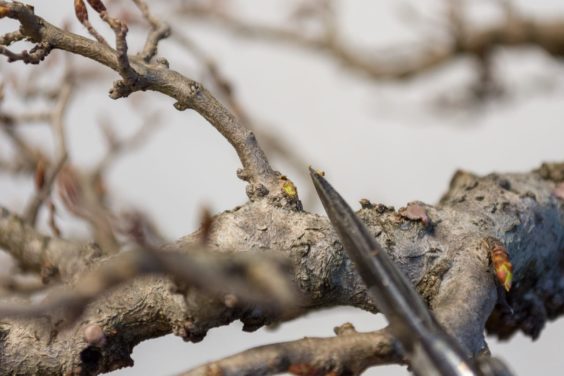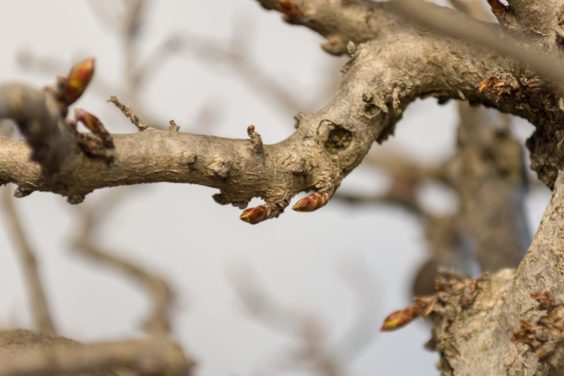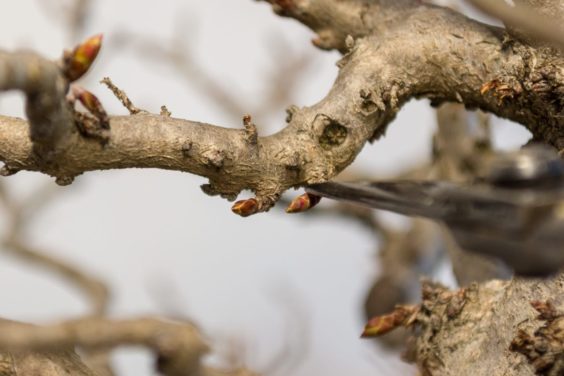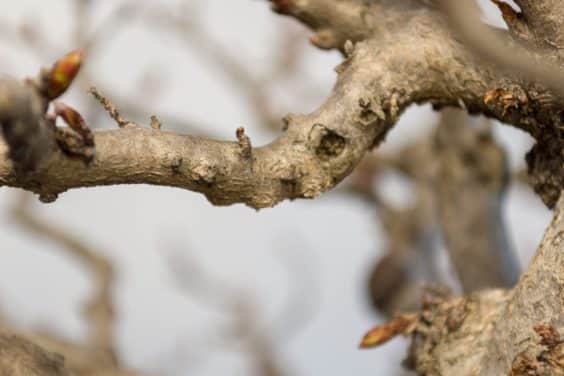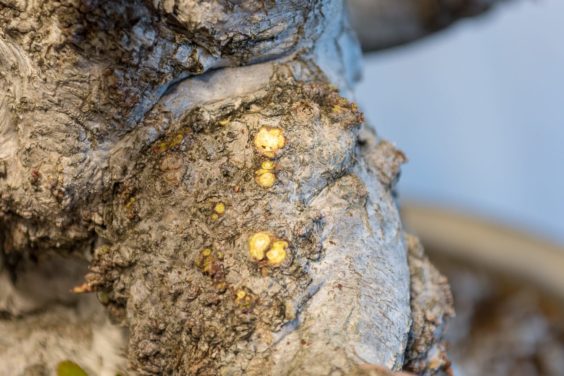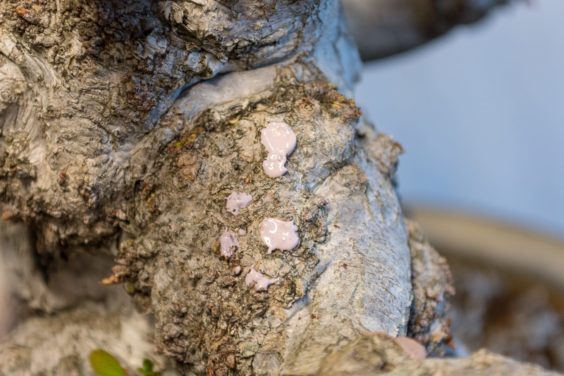Korean hornbeams typically produce lots of back buds. For the most part, this is a good thing as the prevalence of buds helps hornbeam bonsai develop quickly.
Korean hornbeam
Not all buds, however, are useful for the design of the tree.
Buds emerging from the trunk
Hornbeams often produce buds along the trunk, at the base of branches, and anywhere callus has formed. If these buds are left alone, the resulting shoots will need to be trimmed, thereby leading to the production of more callus and more buds the following year.
I try to remove these buds whenever I see them with fingers, tweezers or scissors.
Buds emerging from the base of a branch
Removing the buds with scissors
Buds removed
The base of branches are a common site for buds to emerge, but they can also grow in less likely locations such as the underside of branches.
Buds beneath a branch
Removing the buds
After removing the buds from the bottom of the branch
When the cuts are small, I don’t use cut paste. I dab a little liquid cut paste on slightly larger wounds.
Wounds left after removing buds
After applying cut paste
The work is never ending, especially if the trees start with a lot of scar tissue. These shoots are one reason why we often see hornbeam with large, tapering, trunks, and it’s why we prize more slender specimens with white bark as they are harder to come by.
The post A quick tip for maintaining Korean hornbeam bonsai appeared first on Bonsai Tonight.

